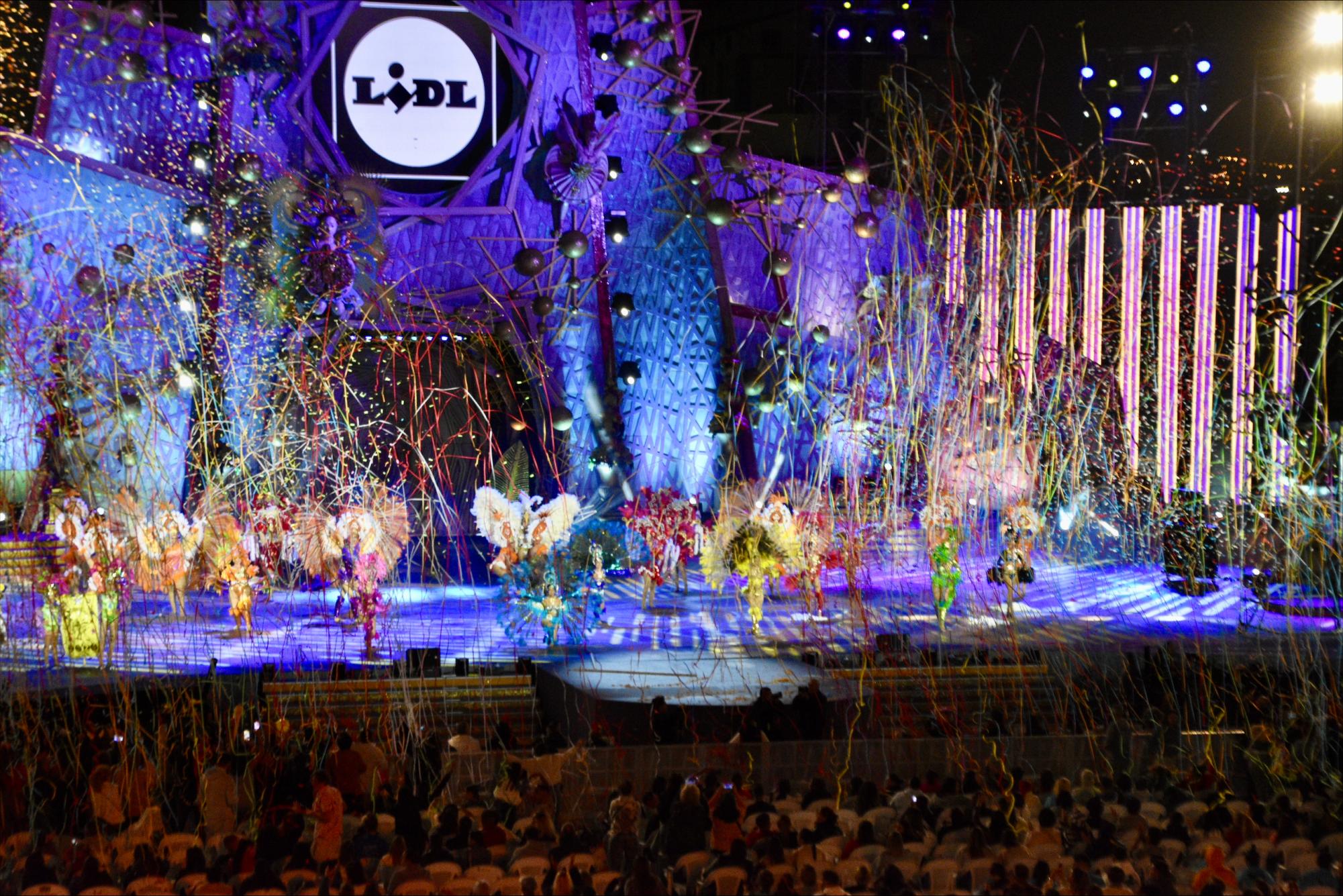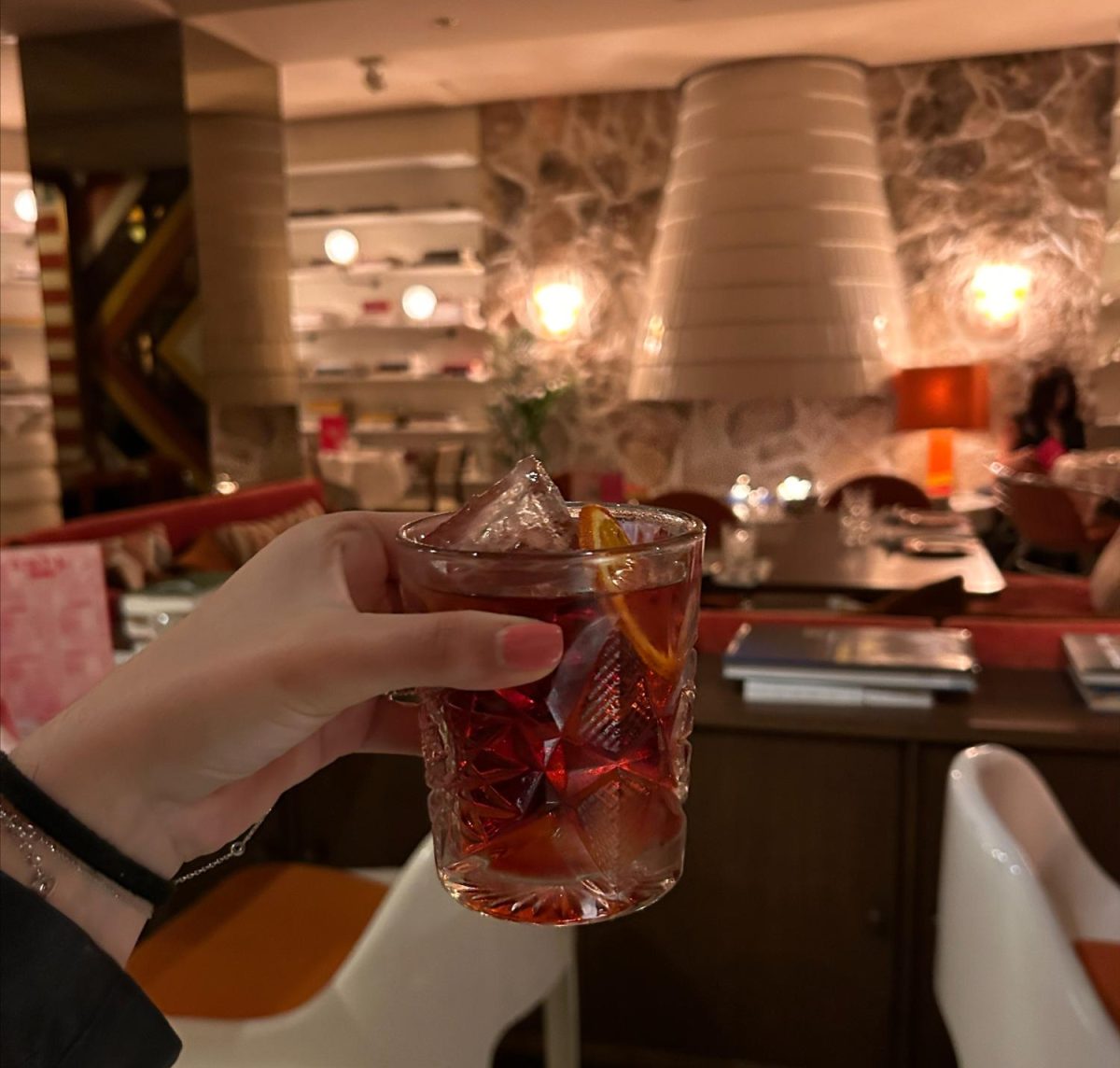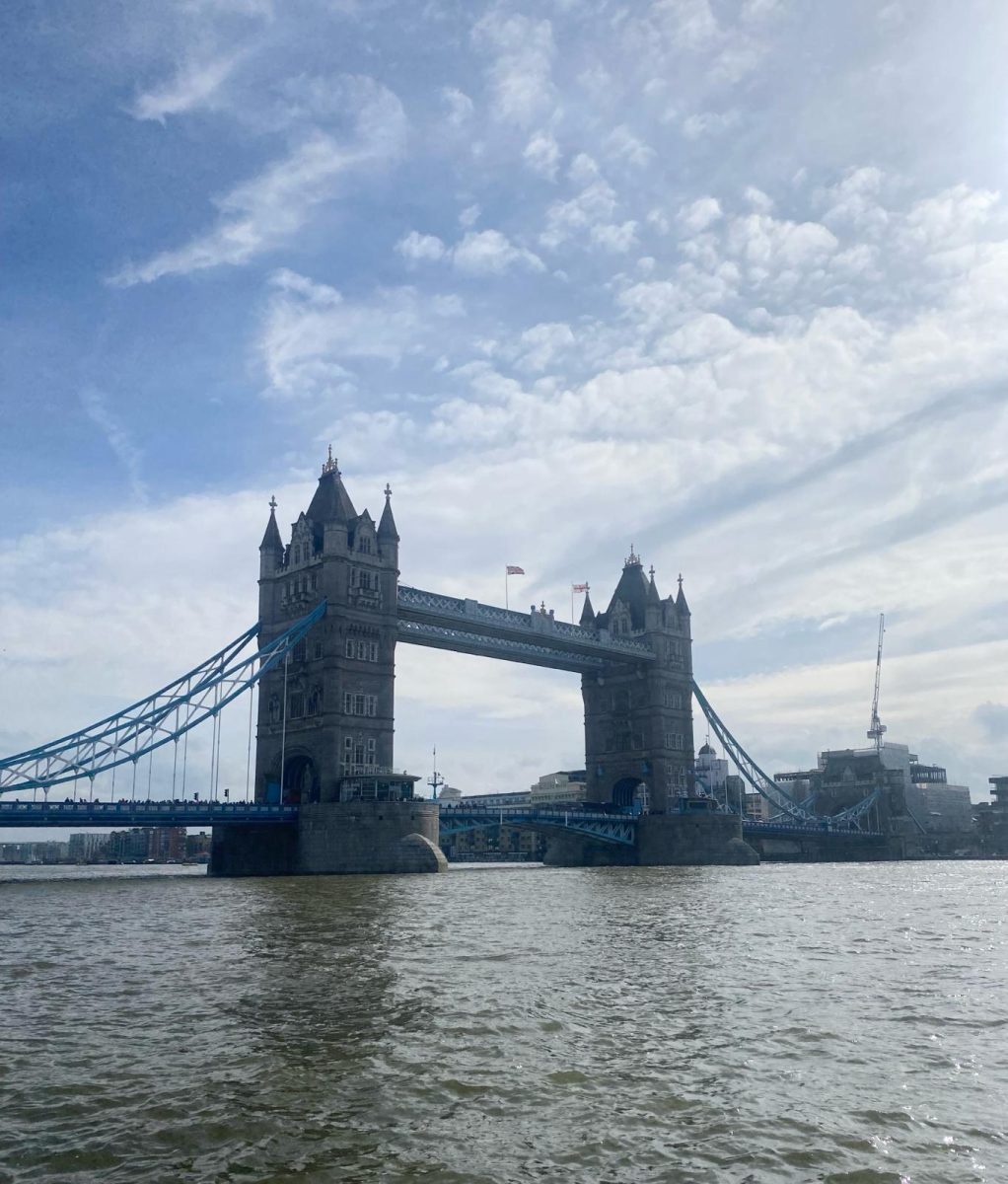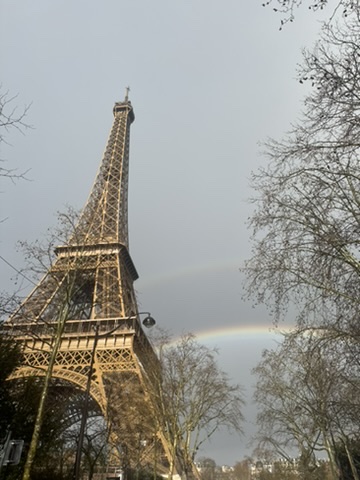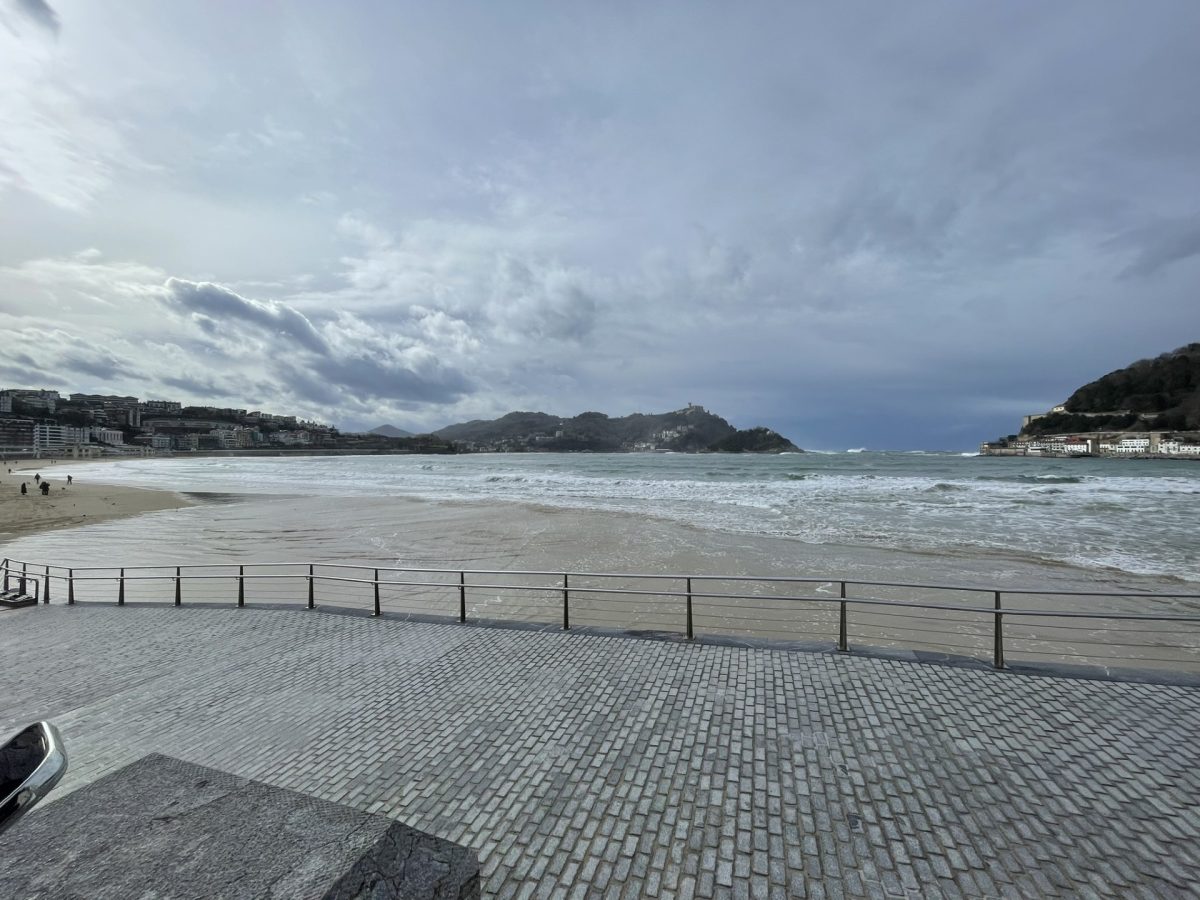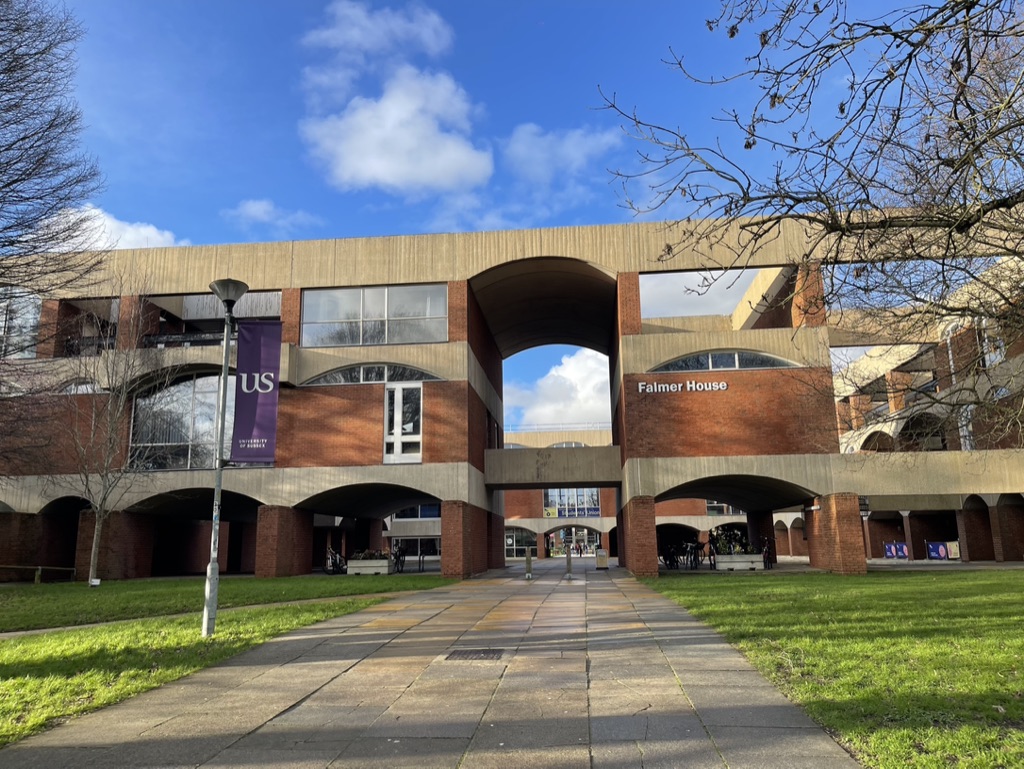By day, the island of Gran Canaria in February is the picture-perfect beach destination: summer-like temperatures even in the winter months and oceanside seafood restaurants overflowing with the flavors of freshly caught calamari and oysters, to name a few.
By night? An explosion of colors, dancing, and a community that comes together to celebrate Carnival.
Carnival celebrations in Las Palmas, Gran Canaria, are for the serious party animal; the festivities stretch for 21-straight days chock full of competitions, music, and late-night rollercoaster rides. The aroma of ocean salt and freshly fried buñuelos fill the air and fuel the crowds for the long nights ahead of them.
Carnival has deep roots throughout the Canary Islands, but especially on the island of Gran Canaria itself. According to the Ayuntamiento de Las Palmas Gran Canaria, Carnival has been celebrated there for over 500 years, originally dating all the way back to the 15th century.
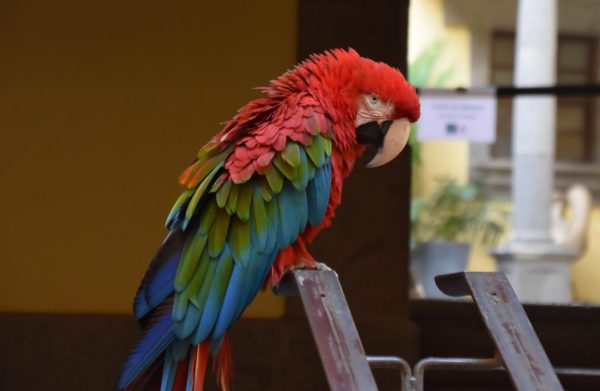
This year, a competition between five different comparsa groups (dancers and singers specifically for carnivals and festivals) kickstarted the festival on the island. Aptly themed “colors of passion,” comparsas dancers from all over the island of Gran Canaria showcase 20- to 30-minute-long dance performances donning every color visible to the human eye. The winning group received a €1,000 cash prize to help fund next year’s routine.
Comparsas groups reach everywhere in terms of cultural diversity: many members do come from Spain or the Canary Islands themselves, but several come from other Latin American countries such as Puerto Rico and Venezuela. Many of the performances paid heritage to the cultures of these Latin American countries through both the music choices, such as El Cumbanchero from Puerto Rican composer Rafael Hernandez, and through their choreography.
While Carnival season lasts for a handful of weeks at most, the work that goes into producing such an event demands year-long efforts from anyone involved in participating. The dancers begin choreographing new routines immediately after events for the year, perfecting them until next year’s Carnival.
The Carnival fun isn’t limited to just humans.
Each year, Carnival in Las Palmas hosts a parade and costume competition for dogs across the island, balancing all the rowdy night-long parties with family-friendly fun.
Dogs of all shapes and sizes proudly strut down the streets of Las Palmas in costumes such as lions, astronauts and even stereotypical French attire: mini berets and striped shirts.
In order to catch the best of what Carnival in Las Palmas has to offer, those visiting the island should stay in the barrio of Santa Catalina or La Isleta. These neighborhoods have the easiest access not only to the Carnival parties but also to the most iconic beach in the northern region of Gran Canaria, Playa de las Canteras.
There is a colorful gastronomic scene in the city of Las Palmas, offering cuisines for every palate but specializing in mariscos (seafood), and restaurants such as El Burger Reventón boast the highest quality beef products in all of Spain.
Visiting during the Carnival festival and exploring around the various restaurants gives tourists a good taste of what Las Palmas has to offer.

